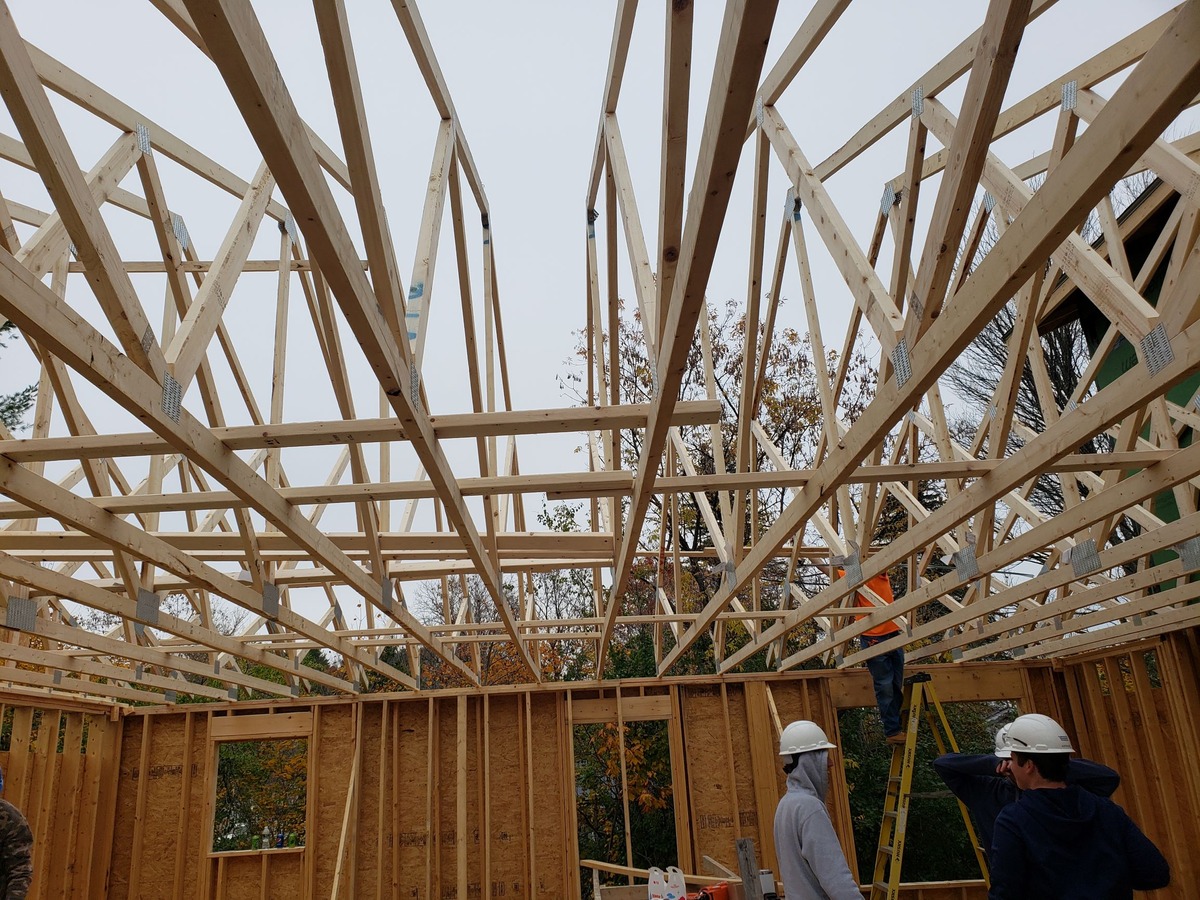8 Things You Should Know About Structural Design

A robust foundation built on sound structural design principles is at the heart of every enduring construction. But what does the structural design definition entail?
While the term might seem straightforward, it encompasses various elements vital for ensuring stability, safety, and longevity. For those keen on building inspection and construction, here are eight pivotal aspects of structural design:
- Foundation of Structural Design
Every construction project begins with the foundation. The foundation’s primary role is to transfer loads from the structure to the soil below. Depending on the site and soil conditions, different foundation types—like shallow, deep, or slab foundations—are chosen.
- Material Selection Matters
Material selection is paramount in structural design. Choosing steel, concrete, wood, or other materials affects the structure’s strength, longevity, and aesthetics. Each material has its strengths and weaknesses, and it’s up to the structural engineer to determine the most appropriate one for a project.
- Understanding Loads
A pivotal element in the structural design definition is the understanding of loads. These forces act upon structures, like the weight of occupants, furniture, snow, wind, and earthquakes. Structural designs must account for these loads to ensure stability under various conditions.
- Safety Factors
No design is complete without a safety margin. Safety factors are incorporated into structural designs to provide a buffer against uncertainties. They account for potential oversights, unexpected loads, material weaknesses, and more, ensuring the structure remains safe in unforeseen scenarios.
- Flexibility and Deflection
While strength is vital, flexibility is equally important. Structures, especially tall ones, need to sway slightly under wind or seismic activities without collapsing. Engineers ensure that structures have the right amount of deflection, making them rigid yet flexible enough to withstand dynamic forces.
- Integration with Architectural Design
Structural design doesn’t exist in isolation—it has to meld seamlessly with architectural design. The architect’s aesthetics, functionality, and vision need to harmonize with the structural integrity provided by the engineer. This collaboration ensures a balanced blend of form and function.
- Innovative Techniques and Technologies
The field of structural design is continuously evolving. Innovations in materials, like ultra-high-performance concrete or carbon-fiber composites, offer new possibilities. Technological advancements, like Building Information Modeling (BIM), enhance precision, coordination, and visualization in structural design processes.
- Regular Inspections and Maintenance
An often overlooked yet crucial aspect is the importance of regular inspections and maintenance. Even the most immaculately designed structures can degrade over time or under specific conditions. Periodic inspections ensure early detection of potential problems, allowing for timely interventions and ensuring the structure’s longevity.
Safe and Enduring Structures
At its core, the definition of structural design revolves around creating aesthetically pleasing and, more importantly, safe and enduring structures. It’s a fascinating blend of science, art, and innovation.
As you delve deeper into building inspection and construction, understanding these integral facets of structural design will give you a holistic view of how magnificent structures come to life and stand the test of time. Whether you’re an aspiring builder, inspector, or just an enthusiast, embracing these fundamentals paves the way for a safer, more informed approach to the built environment around us.
